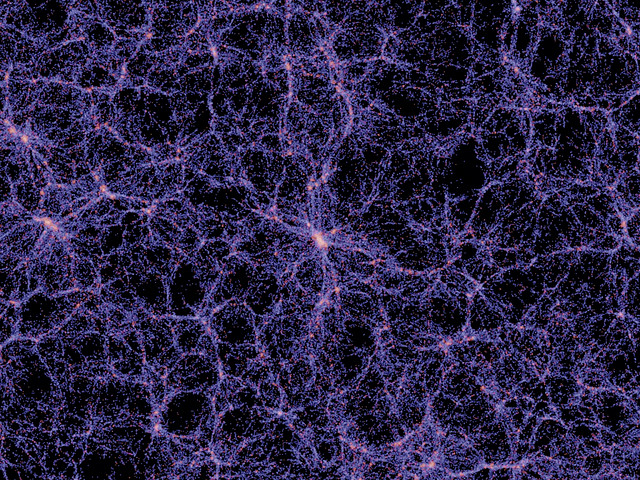Evidence of X17 Particle in Recent Study
December 13, 2019
Scientists recently announced new evidence that could support the existence of a theoretical particle known as the X17 particle. Scientists first announced the possibility of the X17 in 2016, but this past October they unearthed new evidence that could support its existence.
The X17 particle is a theoretical subatomic particle. It is hypothesized to be a super-light boson (a type of elementary particle). The X17 is important because it could prove to be the carrier of a fifth universal force besides gravity, electro-magnetism, strong nuclear, and weak nuclear. This fifth universal force would be able to connect dark matter to substantial particles in the universe.
Dark matter is a theoretical explanation of gravitational interactions in the universe that can’t be explained through traditional concepts of matter and gravity. However, dark matter remains and unseen, indictable, invisible source of energy in the universe. The X17 particle hopes to fix this, and act as not only a fifth force but the physical explanation of the dark matter. The X17 particle operates similarly to theoretical particles such as gravitons, in that the universal force of gravity or dark matter is explained by interactions of gravitons or X17 particles.
Particles that carry universal forces are known as bosons. Possibly the most famous boson is the Higgs-Boson, however, unlike the Higgs-Boson, scientists didn’t use a massive particle accelerator to observe the X17 particle. Scientists observed the transition from high-energy to low-energy state of Beryllium-8. The X17 particle is very light for a particle, only 34 times the mass of an electron.
This is a huge step towards proving the existence of dark matter. Proving the existence of dark matter could help expand the current understanding of the universe and contribute to innumerable scientific discoveries. The scientists’ discoveries are still under review, but it is very promising for the future of science.
Source: https://phys.org/news/2019-12-x17-factor-particle-physics-dark.html


